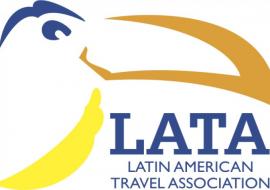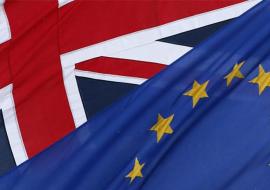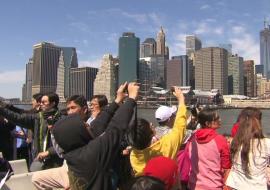Global Business Travel Spending to Exceed $986 Billion by 2013
The National Business Travel Association (NBTA) and Egencia, the corporate travel arm of Expedia Inc., released a sample of findings from a study that quantifies global business travel spend and projects business travel growth through 2013.
Evaluating 72 countries, the study shows that business travel growth patterns vary dramatically across the globe with North America advancing at an average rate of just over 2 percent per year for the last decade, Western Europe growing 4.6 percent annually and Asia Pacific advancing by 7.2 percent annually over the same period.
The study predicts that growth of business travel in China and Japan will exceed U.S. growth over the next five years. In addition, developing nations, like India, Vietnam, Iran and Indonesia will experience significant compound annual growth rates over the same timeframe.
The study finds that the North America, Western Europe and Asia Pacific regions each represent about 30 percent of the global business travel market (90 percent combined), estimated to total $929 billion in 2008. This figure includes both domestic and outbound international travel.
The remaining 10 percent of global activity takes place in Latin America, Emerging Europe and the Middle East and Africa. The United States represents the largest piece of global business travel spend with $261 billion or 28 percent of the world total, followed by China at 10 percent and Japan at 8 percent.
Despite the United States’ position as the global leader in business travel spending, Asia Pacific is poised for substantial growth over the next five years, while U.S. growth is expected to stagnate.
China’s business travel spending, at $93.8 billion in 2008, has tripled over the past 10 years and is expected to lead market growth between 2008 and 2013, followed by Japan and South Korea. Measured in terms of the dollar increase in business travel spending, the United States is expected to be fourth in terms of growth, just behind India.
The study examines the highest growth industries for business travel globally, of which the top five include utilities, food processing and services, real estate, social and personal services, and professional and business services.
Over the next five years, sectors that directly benefit from both infrastructure development (utilities, government and communications) and economic stimulus packages (education, construction and real estate) will experience the most significant growth in business travel spend.
The research shows that, globally, businesses spend an average of about 1.1 cents of every sales dollar on business travel, though it varies widely by industry. In the equipment and leasing sector, for example, the measure of travel intensity is more than three times higher at 3.7 cents per dollar, while in the mining sector, business travel measures only fractions of a cent per dollar of revenue.
Reflecting the global recession, nearly every industry foresees a decline in business travel outlays in 2009 from 2008 levels, led by steep drops in the transportation services, paper and paper products, construction, chemicals, communication equipment, and rubber and plastic manufacturing sectors. The only anticipated uptick in spending is expected in education with a 2.2 percent projected rise.
However, there has been a downward trend in the amount of travel spending businesses require to support their sale and operational activities, which is a clear indication of the rising productivity of business travel. The full study, conducted by IHS Global Insight, will include a complete profile of U.S. business travelers, as well as a comprehensive forecast of U.S. and global business travel activity.














